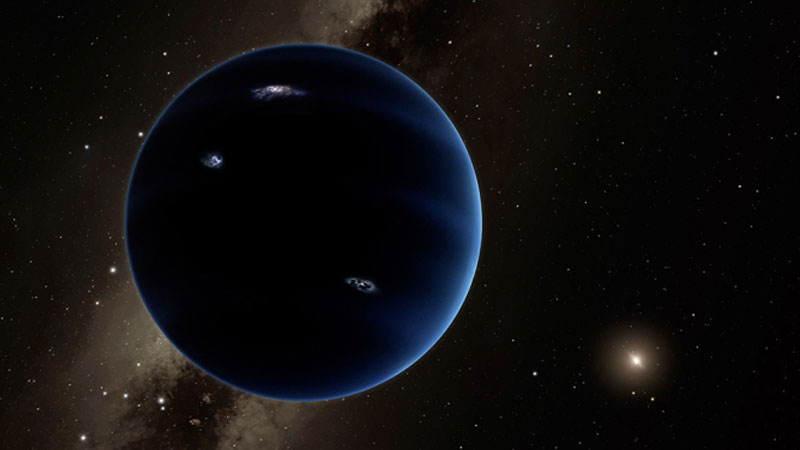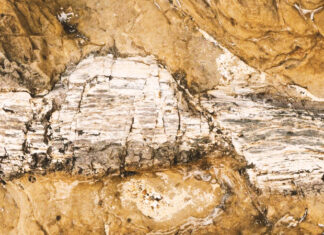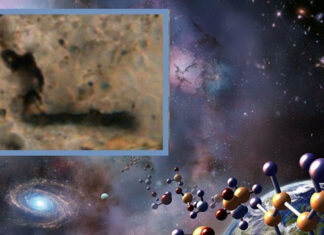
An asteroid called 2015 BP519 circles the Sun with an unusual inclination of 54 degrees in relation to the other stars. This particularity makes the 2015 BP519 a great mystery.
Everything around the Sun, including Earth, formed from dust and gas left over from the formation of our star. Before accumulating on planets, moons and other smaller bodies, this dust was distributed in a structure called an “accretion disk”.
For an asteroid to have been taken from this plane against the gravitational force of the Sun, it would need to have suffered a very strong gravitational influence from some other star.
By doing the calculations, it is possible to find out exactly what type of star, its size, where it came from, how far it passed from the asteroid and what its route was, and that is exactly what an international collaboration of 38 researchers did.
The discovery is simple: for BP519 to have the route it has, it needs to have suffered the gravitational influence of another planet, located after Pluto.
This planet would be rocky and would have a mass ten times greater than Earth, and would be located 23 times farther away than Neptune, which makes it practically invisible to our telescopes.
It’s not the first time a strange orbit has shown the presence of something larger on the outskirts of the Solar System. In 2014, a pair of American astronomers suspected the existence of the new planet while analyzing a distant dwarf planet, and in 2016, it happened again.
There is not yet enough experimental evidence for confirmation, but the evidence is more solid with each passing day, and the more atypical asteroids are found, the more data astronomers will have to triangulate the position of the new planet and then point the most powerful telescope at the right point in the sky to see if there is really something there.


















